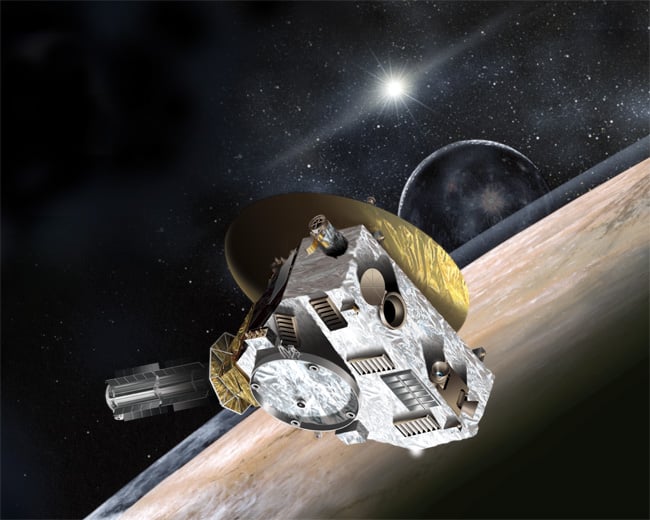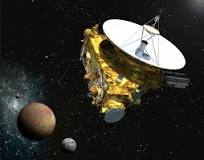NASA’s probe called New Horizons is only six months away from reaching Pluto. No other spaceship in history will have traveled such a distance before.
The deep space probe has been in hibernation to protect most of the instruments from wear and tear. On Dec 6, the Mission Operations Center at John Hopkins Applied Physics Laboratory received a confirmation signal from New Horizons that it was awake and operating.
On January 15th 2015 the probe will begin to gather data as it approaches the planet. Because of the extreme distance between the probe and earth, it is expected to take around 4.5 hours for the data to reach here.
The probe will gather as much information as it can about Pluto, including its atmosphere and the geology of the planet. It will take very detailed pictures of Pluto and its moons – using ultraviolet and visible infrared wavelengths.
This is going to be a huge step in understanding more about the planet.
“This is the turning of a page. This is changing from a mission in cruise to a mission at its destination,” said Alan Stern lead New Horizons investigator, of the Southwest Research Institute in Boulder, Colorado.

New Horizons will have traveled for nine years in July 2015 when it is within a 6,200 mile range of the planet.
New Horizons was launched in January 2006. Its engine uses plutonium pellets that radioactively decay. In total the mission cost around $700 million.
At the time of its launch Pluto was not considered to be a dwarf planet yet, but an actual one.
On its journey towards Pluto New Horizons was able to take close-up photos of Jupiter’s red spot, the first even taken.
Currently the best images of Pluto have been taken by the Hubble Space Telescope. However, they are poor in quality and only show red-brown streaks that barely provides scientists much to study.
Since Pluto’s discovery in 1930 the scientific community has been eager to learn more about the small planet. This is a huge step forward and could help further our understanding of the dwarf planet.

